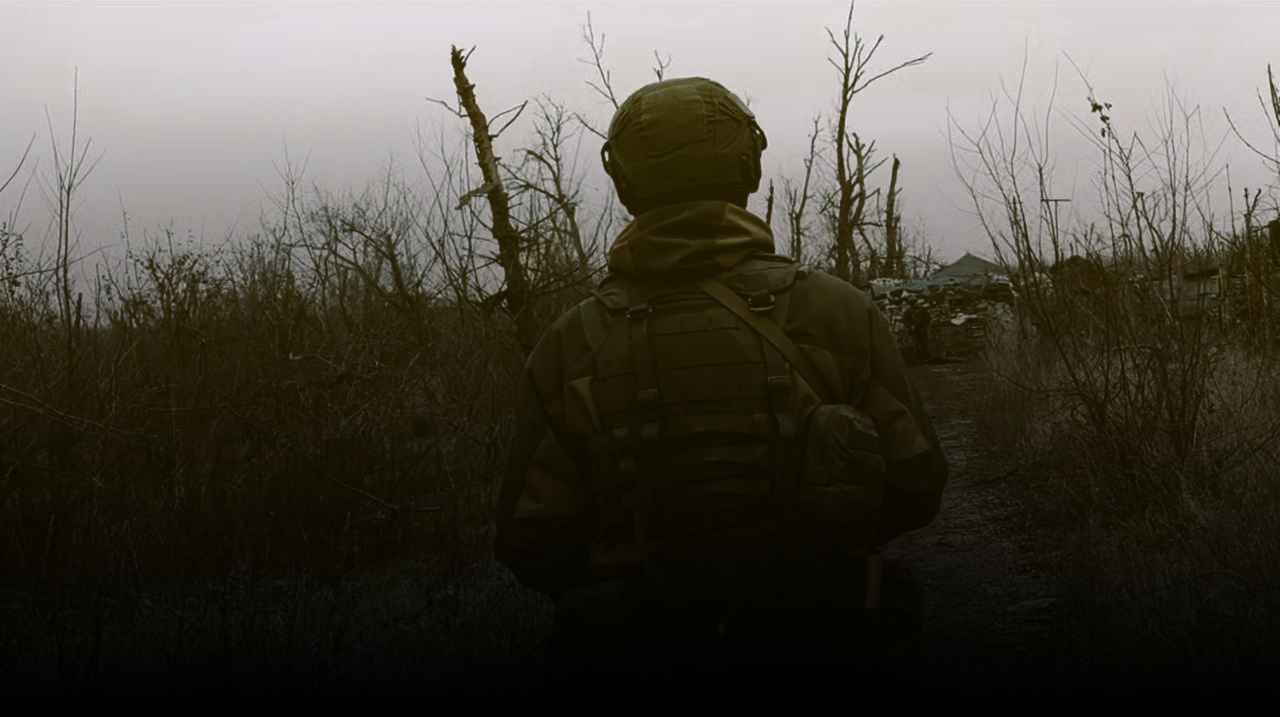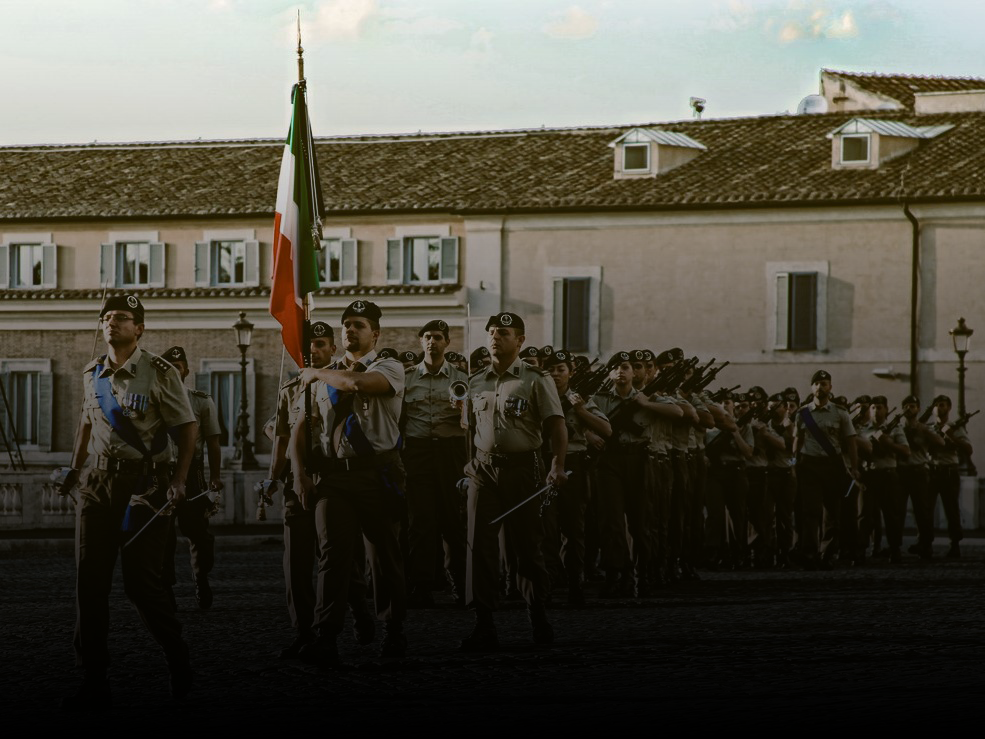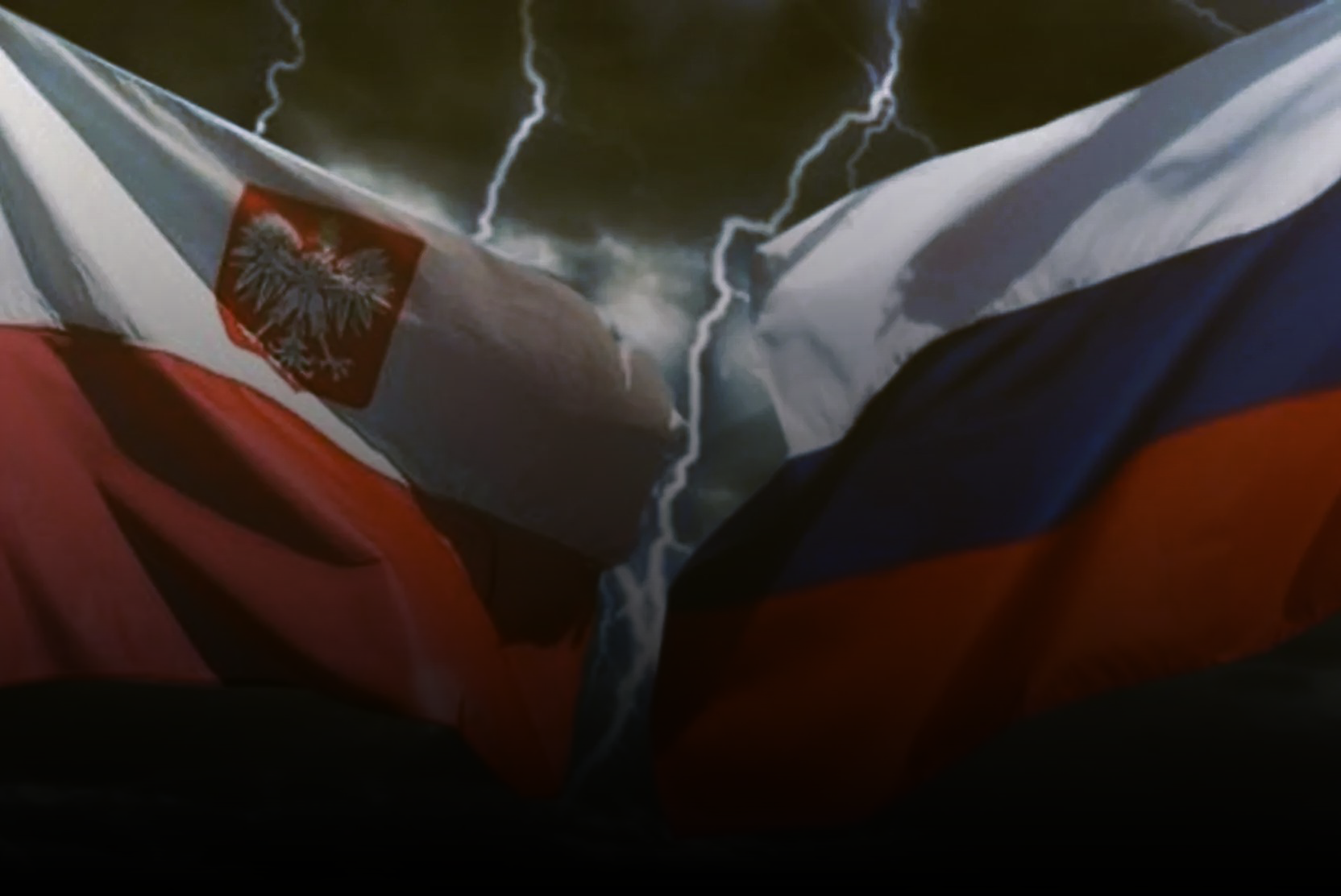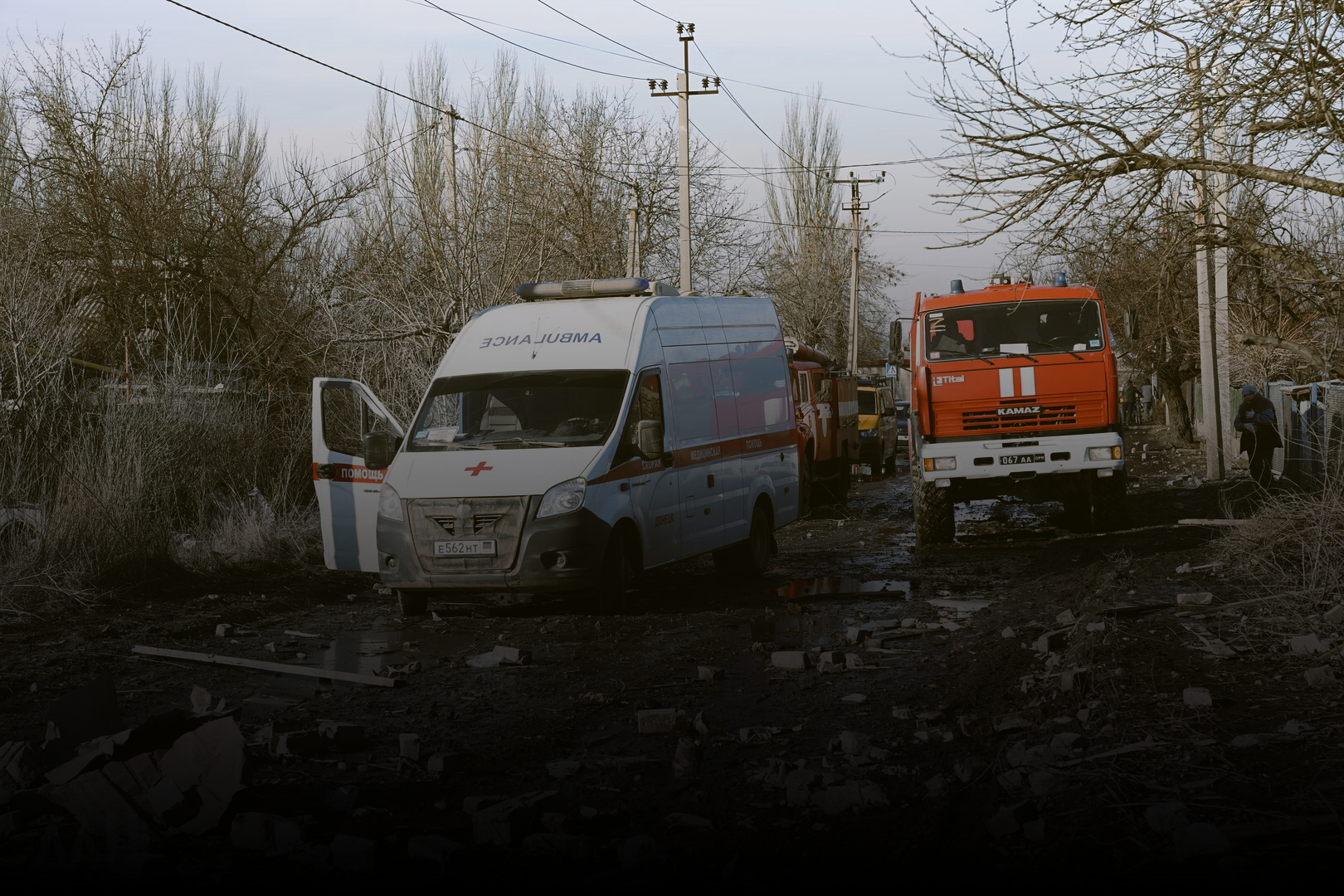Ilovaisk Cauldron – 08/10–08/27/2014
After the failure at Izvarino, Kyiv shifted its focus to Ilovaisk in an effort to cut off supply routes between the republics and Russia. The town Ilovaisk was located near the border and served as a major railway hub. It was not the Ukrainian Armed Forces (UAF) but volunteer nationalist battalions that were sent to take Ilovaisk.
The first assault on the town took place on August 10, 2014. The battle for the city lasted several weeks. By August 27, DPR militia forces managed to fully encircle the Ukrainian battalions, creating what the media came to call the Ilovaisk Cauldron. Ukrainian fighters began abandoning their positions and accused Kyiv of failing to provide support and of incompetent leadership throughout the operation.
On August 29, Russian President Vladimir Putin called for the creation of a humanitarian corridor to allow the remaining Ukrainian forces to leave Ilovaisk. The militia agreed, on the condition that the Ukrainians would withdraw without weapons. However, for unknown reasons, Ukrainian fighters opened fire. As a result, their columns were destroyed.
On September 2, 2014, the Ukrainian Ilovaisk group ceased to exist.
Articles by the authors of the "Reverse" on the topic:
Tatiana Tretyakova "The Ilovaisk Cauldron: How It Happened".
RUSSIAN MEDIA
RIA Novosti provides an infographic on the cauldrons in southeastern Ukraine: “On August 26, the commander of the Ukrainian military battalion ‘Donbass,’ Semen Semenchenko, reported that a group of troops had been encircled near the town of Ilovaisk in Donetsk Oblast, where fighting for the city is ongoing.”
TASS reports: “Fighters from Ukrainian volunteer battalions, who were surrounded near the town of Ilovaisk at the end of August, accuse the Kiev government of lack of support and threaten to overthrow the regime.”
Vesti.ru mentions three cauldrons: “Up to seven thousand Ukrainian soldiers were surrounded by the militia in three ‘cauldrons’ in the self-proclaimed Donetsk People’s Republic. One is near Ilovaisk, another in the Lutugino area, and the third in the Stepanovka and Amvrosievka regions. A large amount of Ukrainian military equipment is also trapped in these cauldrons.”
RT in Russian confirms the encirclement for Ukrainian troops with words from the commander of the Ukrainian battalion: “The commander of the Ukrainian military battalion ‘Donbass,’ Semen Semenchenko, reports that troops in the Ilovaisk area of Donetsk Region were surrounded. According to him, a part of the unit that was supposed to secure the rear of the group advancing on Ilovaisk left its position on its own. After that, the artillery of the troops was destroyed by ‘Grads,’ and the rest retreated. Then, the militia struck again with tanks from the Mospino area, passed through Starobeshevo, and were stopped by an artillery and tank barricade 15 kilometers away.”
Izvestia reports on the trend of encirclements in Donbass: “Militants from the Donetsk People’s Republic (DPR) surrounded the third enemy strike group in two days in the area of the settlements of Stepanovka, Amvrosievka, and Stepano-Krynka in southeastern Ukraine on August 25. According to the militia, more than 40 tanks, about 100 units of BMPs, BTRs, and BMDs, about 50 launchers of ‘Grad’ and ‘Uragan’ rocket systems, and more than 60 pieces of field artillery and mortars were trapped in the cauldron.”
Interfax quotes a militia representative about the situation with the cauldrons: “Currently, we have managed to drive the enemy into three cauldrons. One near Ilovaisk, another in the Lutugino area, and the third near Stepanovka and Amvrosievka. In total, there are up to 7,000 people from the ‘Dnepr,’ ‘Donbass,’ ‘Shakhtersk,’ ‘Kherson,’ and other battalions there.”
Western Media (Europe and the US)
The British The Guardian explains the situation with the Ilovaisk cauldron by the presence of the regular Russian army: “Two weeks ago, Ukraine looked as if it was winning its battle against Russia-backed separatists in eastern Ukraine, but the tide has turned in recent days, with the encirclement at Ilovaysk a key moment. Samchuk, like many Ukrainian fighters, said there is only one reason for this. Instead of fighting a ragtag group of rebels, the Ukrainians have suddenly found themselves fighting the regular Russian army.”
The British The Telegraph publishes an article about the exit from Ilovaisk, starting with an account of a “rebel” mocking a dying Ukrainian soldier: “Why didn't you say before that you were alive? Why so quiet?” the rebel taunted. Minutes later, the Ukrainian soldier drew his last breath… On Saturday, Ukraine announced it was abandoning Ilovaisk, a city 15 miles north of Starobesheve. Surrounded on all sides over several days, they sustained fire so intense that the government was compelled to plead for a corridor out.”
The American The New York Times does not mention the cauldron or encirclement of Ukrainian troops in its articles but accuses Russia of helping the “rebels”, which “weakened the momentum” of Ukrainian soldiers: “Evidence of a possible turn [Russia’s involvement] was seen in the panicky retreat of Ukrainian soldiers on Tuesday from a force they said had come over the Russian border.”
The French Le Figaro attributes the victories of the militia in eastern Ukraine to Putin, calling them “military pawns of Putin”: “The current situation on the ground represents a retreat of the Ukrainian army in the face of attacks by pro-Russian forces. Ukrainian troops have been under siege in the town of Ilovaisk, located 40 km southeast of Donetsk, the stronghold of the separatists, for over a week. Pro-Russian forces also surrounded the troops in the town of Novoazovsk on the Azov Sea on Thursday.”
The Italian La Repubblica reports that each side in the conflict claims control of the city: “In fact, fighting between Ukrainian government forces and pro-Russian rebels continues. Both groups are striving to control the town of Ilovaisk, an important railway hub in Donetsk Region. Government security forces claimed to have taken control of the town, but this version is contradicted by the separatist news agency ‘Novorossiya,’ which asserts that the rebels repelled the attack.”
The Spanish El Mundo describes Ilovaisk as the site of key battles in the DPR: “The militia is putting up fierce resistance to the advance of the troops, who have managed to push them out of several settlements in recent weeks. Half of Ilovaisk, divided by a railway line, is controlled by the ‘Donbass’ battalion, while the other half is occupied by separatists.”
The Polish TVN24 reports on the successes of the Ukrainian forces in Ilovaisk: “The Ukrainian army is likely attacking from the south. Near Donetsk, government forces can boast partial control of Ilovaisk, which protects access to the megacity from the south.”
Ukrainian Media
Ukrainian TSN reports on the diminishing combat potential of the “militants” in the battle for Ilovaisk: “The difficult situation continues in the town of Ilovaisk, where the frontline passes directly through the city. According to Semen Semenchenko’s post on Facebook, the commander of the ‘Donbass’ battalion, the city is divided into two parts, and fierce fighting is ongoing.”
Later, the publication reports on “110 fighters from the ‘Krivbass’ battalion” being surrounded and the demands for reinforcements from their relatives: “Around fifty relatives of the soldiers from the 40th Territorial Defense Battalion ‘Krivbass’ demanded help for the troops near Ilovaisk.”









